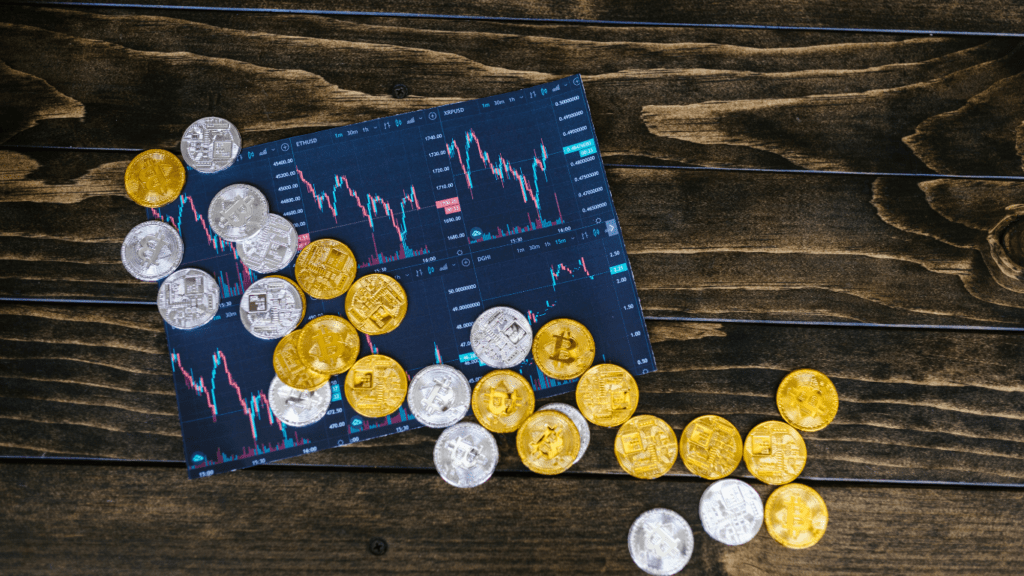Overview of Current Crypto Regulations
Cryptocurrency regulations are evolving rapidly, influenced by governments and regulatory bodies worldwide. Agencies aim to balance promoting stability and innovation.
Key Regulatory Bodies and Their Roles
- U.S. Securities and Exchange Commission (SEC): The SEC oversees securities laws and ensures market integrity. It targets fraudulent ICOs and unregistered tokens.
- Commodity Futures Trading Commission (CFTC): The CFTC regulates derivative markets, including Bitcoin futures, aiming for honest, orderly, and competitive markets.
- Financial Crimes Enforcement Network (FinCEN): FinCEN combats money laundering and terrorism financing by enforcing AML and KYC policies.
- European Securities and Markets Authority (ESMA): ESMA protects EU investors, ensuring the stability of crypto-related financial markets.
- Financial Action Task Force (FATF): An international body, the FATF offers guidelines for AML/KYC measures in crypto transactions globally.
- 2018: The SEC clarified ICO regulations, classifying some tokens as securities.
- 2019: FATF introduced the “Travel Rule,” requiring exchanges to share customer details for transactions over $1,000.
- 2020: EU’s Fifth Anti-Money Laundering Directive (5AMLD) expanded AML requirements to crypto providers.
- 2021: China banned all cryptocurrency transactions and mining due to financial stability and fraud concerns.
- 2022: The Biden Administration’s Executive Order on Ensuring Responsible Development of Digital Assets outlined a national policy for crypto’s responsible development.
Each regulatory change shapes the future landscape for investors and the broader cryptocurrency industry.
Impact of Regulations on Cryptocurrency Markets
Regulations significantly affect cryptocurrency markets. These impacts can be observed in various areas, including asset valuation and overall market stability.
Effects on Crypto Valuation
Government regulations directly influence the value of cryptocurrencies. When agencies, such as the SEC or CFTC, set new rules, they can either boost or diminish investor confidence.
For example, when the SEC clarified ICO regulations in 2018, it caused a temporary dip in ICO fundraising. Conversely, regulatory approvals, like the first Bitcoin futures ETFs, often lead to price surges.
Data from CoinMarketCap show that after the approval of the Bitcoin futures ETF in October 2021, Bitcoin’s price jumped from $57,000 to $66,000 within a week.
Therefore, regulations play a pivotal role in dictating crypto valuations by shaping market sentiment.
Influences on Market Stability
Regulations aim to enhance cryptocurrency market stability. By implementing AML (Anti-Money Laundering) and KYC (Know Your Customer) requirements, authorities like FinCEN and the EU’s 5AMLD reduce illegal activities and promote transparency.
China’s ban on crypto transactions and mining significantly affected market volatility, evidenced by Bitcoin’s price drop of over 20% within days of the announcement.
Additionally, the Biden Administration’s Executive Order on digital asset development seeks to create a balanced regulatory framework, which could stabilize market conditions over time.
Therefore, regulations contribute to a more stable and predictable market environment.
How Different Regions Are Approaching Crypto Regulation

Regulations vary across the globe, influencing how cryptocurrencies are used and traded. Examining regional approaches highlights diverse strategies and their impacts on the market.
Crypto Regulations in the United States
The United States employs multiple regulatory bodies to oversee cryptocurrencies. The SEC classifies most tokens as securities, subjecting them to the same rules as traditional securities.
For instance, the SEC’s 2018 clarification impacted ICO fundraising by imposing registration requirements.
The CFTC treats cryptocurrencies like Bitcoin as commodities. This enables the trading of Bitcoin futures and derivative products, enhancing market maturity.
FinCEN enforces AML and KYC regulations on cryptocurrency exchanges to curb illegal activities, ensuring market transparency and stability.
In 2021, the Biden Administration issued an Executive Order on digital asset development, reflecting a proactive stance towards creating a balanced regulatory framework.
This order aims to address consumer protection, systemic risk, and innovation.
Insights from Europe and Asia
Europe and Asia adopt unique approaches to cryptocurrency regulation. The European Union has implemented the Fifth Anti-Money Laundering Directive (5AMLD), requiring crypto exchanges to adhere to stringent KYC and AML measures.
This directive enhances transparency and helps prevent illicit activities. The EU is also advancing the Markets in Crypto-Assets (MiCA) regulation to establish a comprehensive framework for digital assets.
In Asia, regulatory strategies vary significantly. China has taken a stringent approach by banning crypto transactions and mining, significantly impacting market dynamics.
Conversely, Japan views cryptocurrencies as legal property under the Payment Services Act, fostering a regulated environment for crypto exchanges and ensuring consumer protection.
South Korea enforces strict AML and KYC requirements, emphasizing compliance and security in the crypto space.
Innovation and Adaptation in Crypto Sector
Regulations are steering innovation in the crypto sector, pushing firms to adapt swiftly to stay compliant and competitive.
Technological Advances in Response to Regulation
Developers are creating advanced blockchain protocols to enhance security and transparency, driven by regulatory needs.
For example, privacy coins like Monero and Zcash implement zero-knowledge proofs to balance privacy with compliance. Smart contract platforms are integrating compliance layers, ensuring automated checks align with AML and KYC requirements.
Innovations in decentralized finance (DeFi) include compliance-focused solutions that address regulatory concerns without compromising decentralization, such as Chainlink’s decentralized oracle networks that enhance data integrity.
New Business Models Under Regulatory Pressure
New business models emerge as companies pivot to meet regulatory demands. Exchanges now offer regulated platforms that feature robust AML and KYC processes, such as:
- Coinbase
- Gemini
which comply with SEC and FinCEN guidelines.
Custodial services evolve to provide insured and compliant storage solutions for institutional investors, addressing concerns about asset security.
Security token offerings (STOs) replace initial coin offerings (ICOs), aligning with securities laws and offering more transparency to investors.
Tokenization of assets like real estate and art links the digital economy with traditional markets, exemplifying adaptation under regulatory scrutiny.
Regulatory Challenges and Controversies
Regulatory challenges and controversies frequently surface in the rapidly evolving cryptocurrency landscape. These issues often center around privacy, security, and notable legal battles.
Issues of Privacy and Security
Privacy and security remain pivotal in regulatory discussions. Agencies emphasize creating frameworks to protect user data (derived from crypto transactions) from unauthorized access.
The paradox lies in balancing these frameworks with the technology’s decentralization ethos, preserving anonymity while ensuring compliance.
Hackers targeting exchanges (e.g., Coincheck in 2018) highlight vulnerabilities, pressing regulators to enforce stringent cybersecurity measures. These contradictions create friction between innovation and regulation.
Legal Battles and Notable Cases
High-profile legal battles spotlight ongoing regulatory tensions. For example, the SEC’s lawsuit against Ripple Labs in December 2020 raised questions about XRP’s classification as a security.
This case revealed how regulatory ambiguity can impact market actors and foster uncertainty. Another example involves the Winklevoss twins’ battle for Bitcoin ETF approval, reflecting the hurdles in attaining regulatory green lights.
These cases exemplify the intricate relationship between cryptocurrency projects and regulatory bodies, often leading to precedents impacting the entire industry.
Regulatory challenges and controversies shape the crypto sector’s trajectory by dictating legal and security standards.






